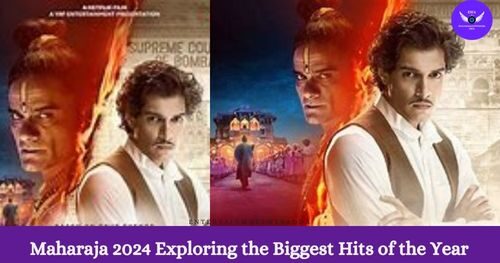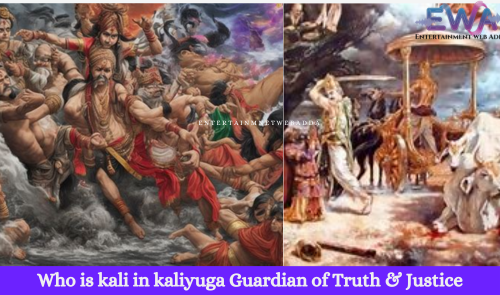See The Holi Festival That define Traditions Surprising Fact
Holi Festival
is an important Hindu holiday for many people all over the world, particularly in Southeast Asia. The celebration celebrates spring while also providing an opportunity for people to express themselves, rekindle ties, and resolve old grudges.
If you’re unfamiliar with the celebration, we’ve put together a helpful guide, which includes some intriguing facts about the Holi holiday.

What is Holi Festival ?
Let’s start with the essentials. Holi is a popular Hindu holiday observed in India, Nepal, and other nations with sizable Hindu populations. The spring event symbolizes the end of winter and is best known for the brilliantly colored powders that people fling at one another.
Dancing, singing, and eating are other important aspects of the festive holiday.
Story & History Of Holi
According to legend, the celebration honors Lord Narasimha’s victory over the demon Hiranyakashyap, signifying the triumph of good over evil. Stories of bravery and love are encapsulated in the historical narrative of Holi Holi.
The celebration of Holi commemorates the victory of good over evil as well as the celestial love that Lord Krishna and Radha had. In celebration of the approach of spring and the end of winter, it is also observed as a harvest feast. Hindu mythology states that Lord Krishna had a dark complexion, whereas Radha was exceedingly fair.

Holi is known by many names across India
In Bengal and Odisha, this name is frequently used as Holika Dahan, Dol Jatra. Phagwah: The Caribbean uses this name. Lathmar Holi: In Uttar Pradesh, Barsana and Nandgaon are referred to by this name. Basanta Utsav: Mostly in Shantiniketan, West Bengal; Kaman Pandigai: Used in Tamil Nadu
and also : “Dol Purnima, “Dhuleti, “Dhulandi, “Ukuli, “Yaosang, “Shigmo, “Phagwah, and “Jajir







Pingback: Yugadi Step with a New Year Tradition Meets Festivity
Pingback: Holi 2025 A Festival of Love, Unity, & Spiritual Celebration